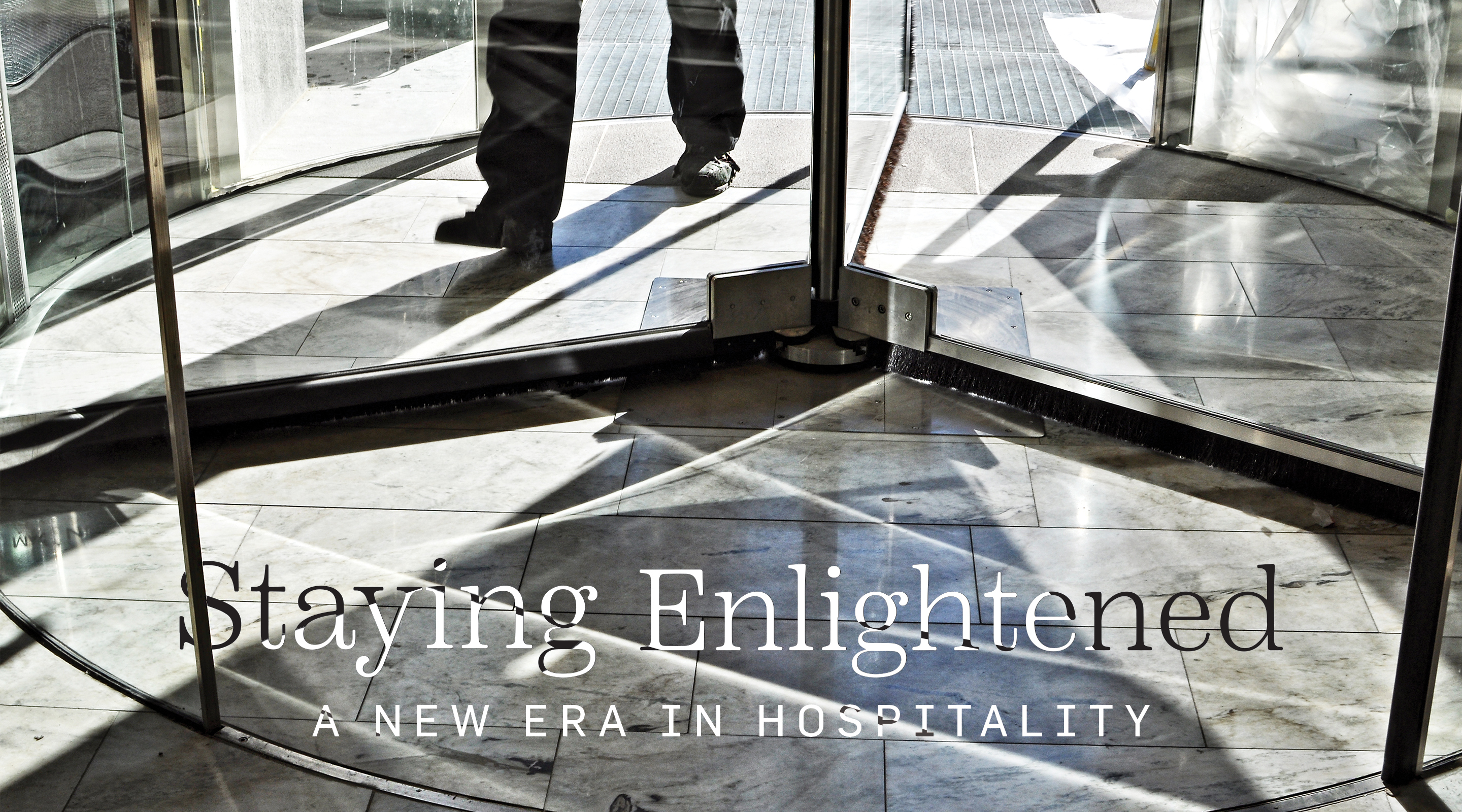“The ego tries to convince us that we must do things to achieve enlightenment. The spirit knows that enlightenment is not a matter of doing, but a magnificent consequence of being.” – Dean Jackson
Doing vs. Being
Hospitality – the hotel industry specifically – has been going through a period of enlightenment and transformation over the last several years. For a long time, we were all doing hospitality. As a (good) consequence of doing hospitality for as long as we have, we evolved into actually being hospitality. And it’s made all the difference in our ability to deliver high-design that creates impactful spaces and memorable experiences that keep guests coming back. It’s that difference–between doing and being–that gets these veteran hotel designer out of bed every day to create something fresh, new and in-the-moment.
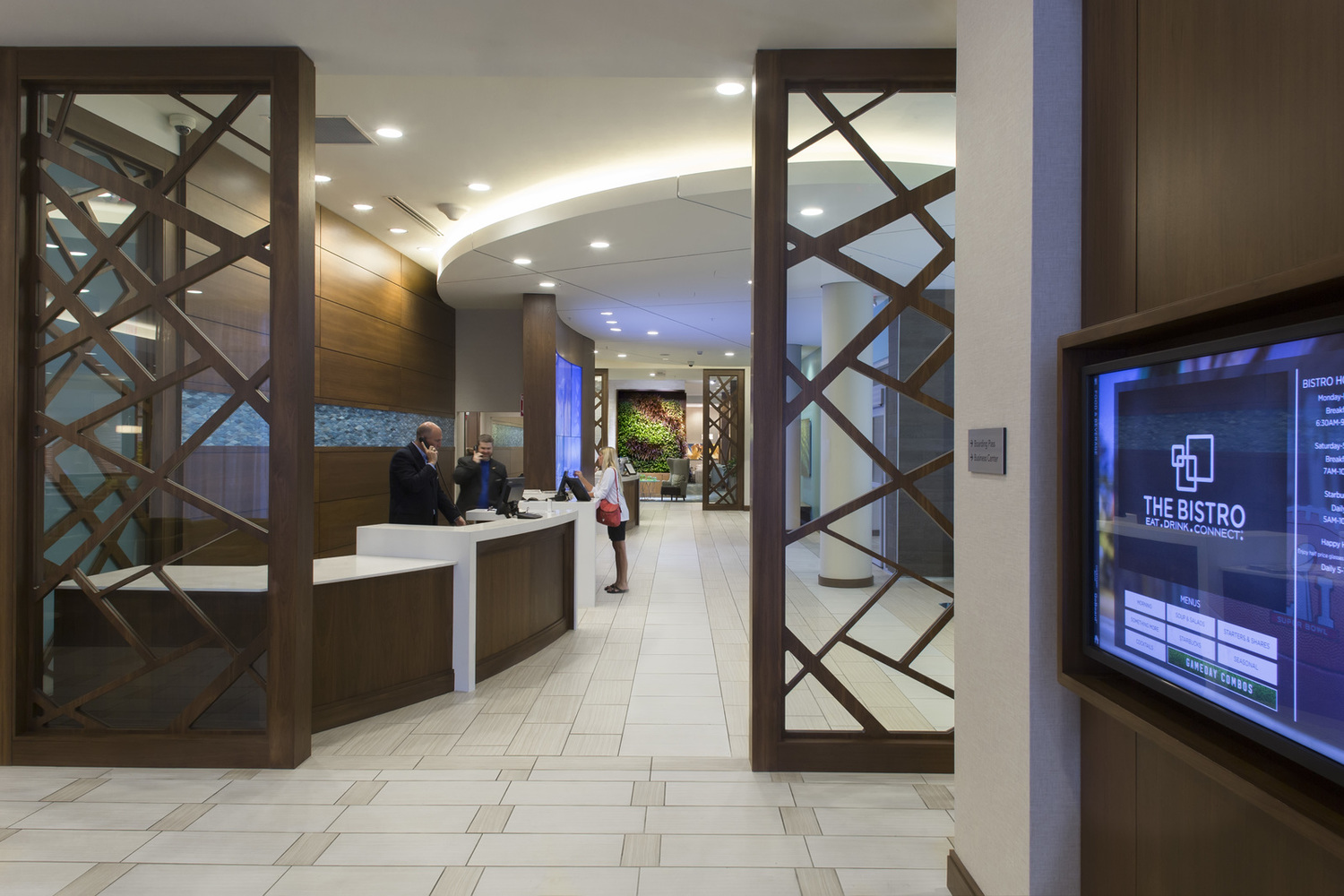

How We Got Here
As an industry and concept, hospitality has been steadily climbing the pyramid of Maslow’s Hierarchy of Needs theory since the earliest days of commercialization of hotel lodging. We’ve evolved from the bottom of the pyramid – from what Maslow labeled “physiological needs”: providing for needs like air, water, sleep, sustenance, and safe shelter in their most basic and primitive forms – to a full-blown, fully-immersive and integrated, personalized, lifestyle experience that aligns more with the upper echelons of the pyramid. After physiological and safety needs are fulfilled, human needs become interpersonal and involve feelings of belongingness.
Enlightened design, where a guest feels valued, respected, and granted access to a higher social status by being associated with and a temporary stakeholder in a lifestyle brand, happens when we seek to better understand human behavior and needs.
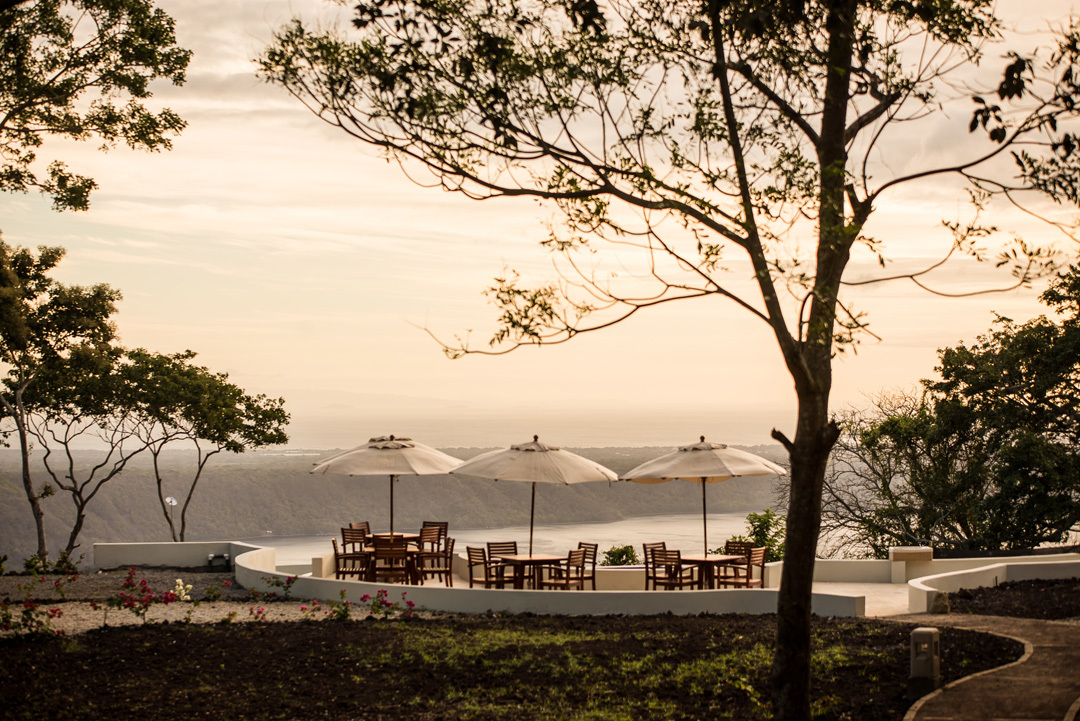
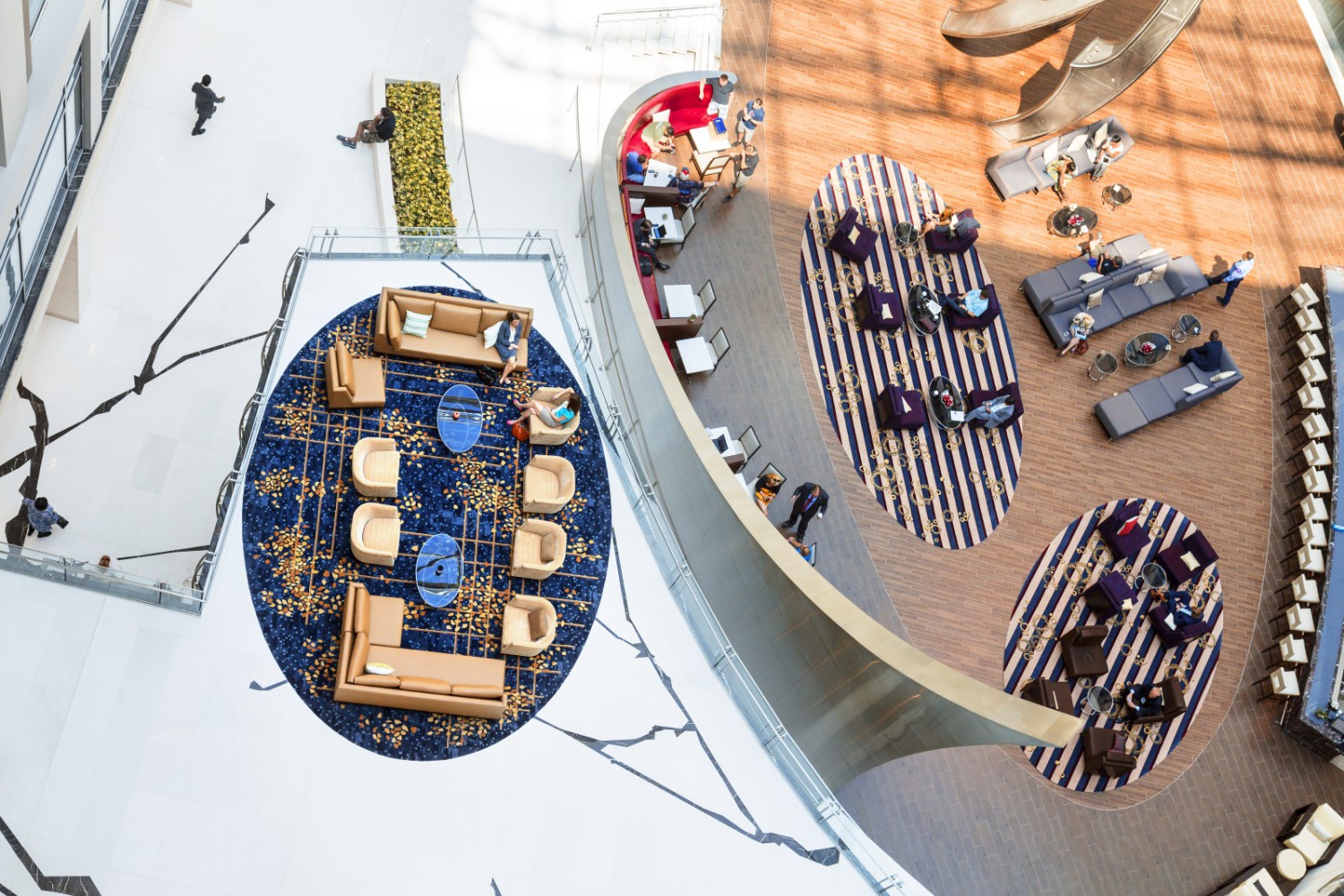
Challenging The Status Quo
For decades, the major hotel flags tied their winning formula to a strict adherence to brand standards in the design of properties. The idea was to create a consistent, guest experience no matter where a guest ventures, where the brand experience is homogenous and familiar. But in the last several years, the paradigm has shifted to providing more unique hospitality experiences designed around localization and aimed at niche travelers. The boutique-like, urban resorts by the major flags like (fill in major flag boutiques) are challenging the status quo and design standards to the benefit of guests. In order to do that though, and do it successfully, it requires a hotel designer who has not simply learned all the rules, but one who has mastered them and can break them without undermining the business and revenue models that make a property profitable.
Innovative high-design doesn’t begin until you work through the operational basics. Solving that sets the table for innovation. Only then can you credibly challenge the status quo and make bold design decisions like re-exploring and re-inventing the concept of “guest check-in” by eliminating the check-in counter in anticipation of future technologically-driven, convenience-based guest experiences.
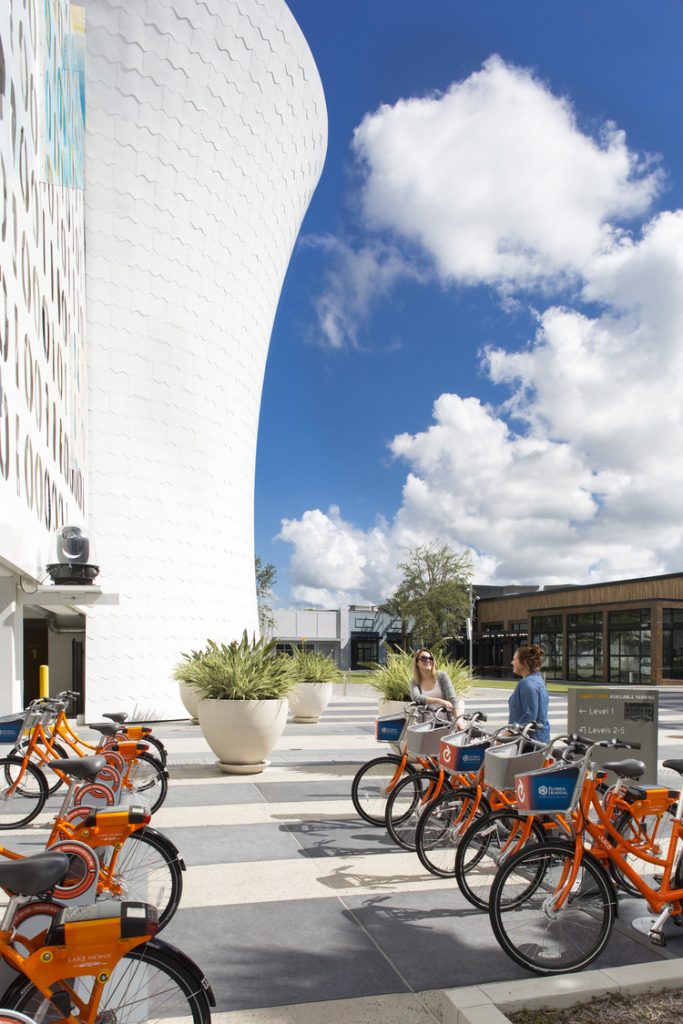
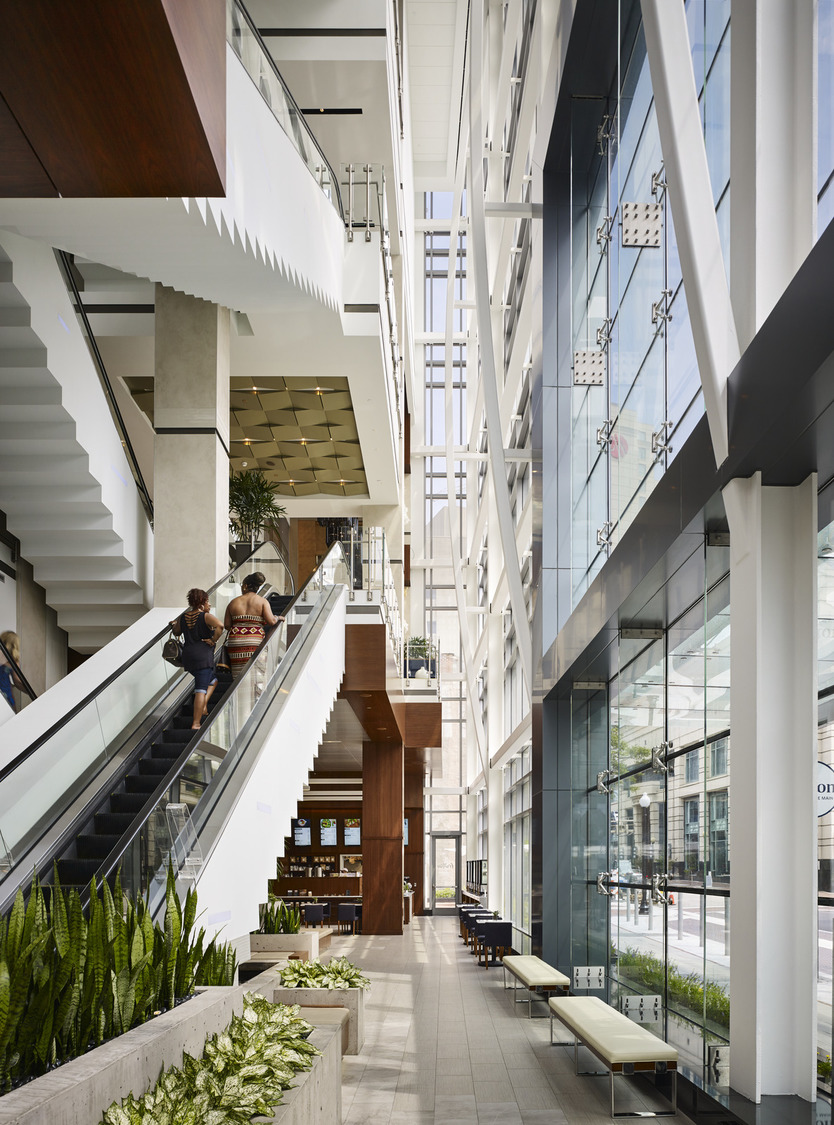
To blur the lines between what were once clearly defined boundaries inside a property, boundaries like siloed food and beverages spaces, vacuous minimally-inhabited common areas, guests rooms and event spaces, you must first be well-versed in the rules of each space and their operational workflows.
The future of of hospitality will continue to evolve as AI and machine learning become more integrated into hospitality providing deeper insights into the activity, behaviors and preferences of guests. And with it hotel design will evolve alongside it, continuing to dismantle the template of traditional hotel design. We are just getting going.
